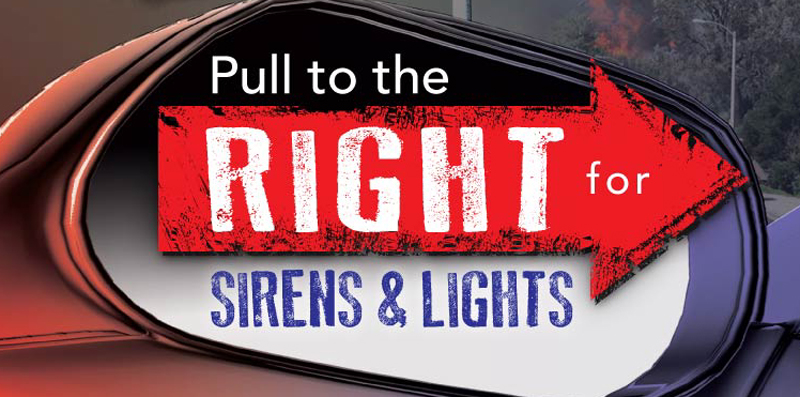Luke's Car Tips & Auto Maintenance Advice
Luke's posts regular blogs to offer you great information and advice about your car maintenance. Check back often for new posts. Search for a specific topic!
 Luke Shaff
Luke Shaff
Have you ever noticed the blaring sirens and flashing lights of a police car, ambulance, or fire truck coming up behind you while driving? It's a situation that demands immediate action, but surprisingly, not everyone knows what to do. The golden rule? "Sirens and Lights, Move to the Right."
2 seperate times this week I experienced drivers NOT moving at all when emergency vehicles were behind them.
One situation the police vehicle had to pass the car on the right to get by him. Hence me sharing this reminder with you all today!
Why This Rule Matters
Emergency responders are racing against time to reach someone in need of urgent help. Every second counts, and your cooperation can make a significant difference. Moving to the right allows these vehicles to pass quickly and safely, ensuring they get to their destination as fast as possible. It's not just a matter of courtesy; it's a legal requirement in many places and, most importantly, it can save lives.
Understanding the Law
In most regions, traffic laws state that when an emergency vehicle approaches with sirens blaring and lights flashing, other vehicles must yield the right of way. This typically means slowing down, moving to the right-hand side of the road, and stopping if necessary. Failure to do so can result in fines, demerit points, or even more severe consequences if it leads to an accident.
What to Do (And Not Do)
Here's a quick guide on what you should and shouldn't do when you hear sirens or see emergency lights in your rearview mirror:
Do:
Stay Calm: Don't panic. Take a deep breath and prepare to slowly move to the right.
Signal Your Intentions: Use your turn signals to indicate you're moving to the right.
Move to the Right: Safely and steadily move your vehicle to the right-hand side of the road, allowing the emergency vehicle to pass on the left.
Stop If Necessary: If there's no room to move over, stop your vehicle to create a clear path for the emergency vehicle.
Don't:
Stop Abruptly: Sudden stops can cause accidents, especially on high-speed roads.
Move to the Left: This can confuse emergency drivers and block their path.
Block Intersections: Keep intersections clear to allow emergency vehicles multiple route options.
Chase or Follow: It's dangerous and illegal to follow closely behind an emergency vehicle taking advantage of the cleared path.
Spreading Awareness
Understanding and respecting this rule is crucial for everyone's safety on the road. Educating young drivers and reminding seasoned ones about the importance of moving to the right for emergency vehicles can help prevent accidents and ensure that help arrives where it's needed most, as quickly as possible.
Together, we can make our roads safer for everyone. Remember, the next time you hear a siren or see flashing lights, "Sirens and Lights, Move to the Right."